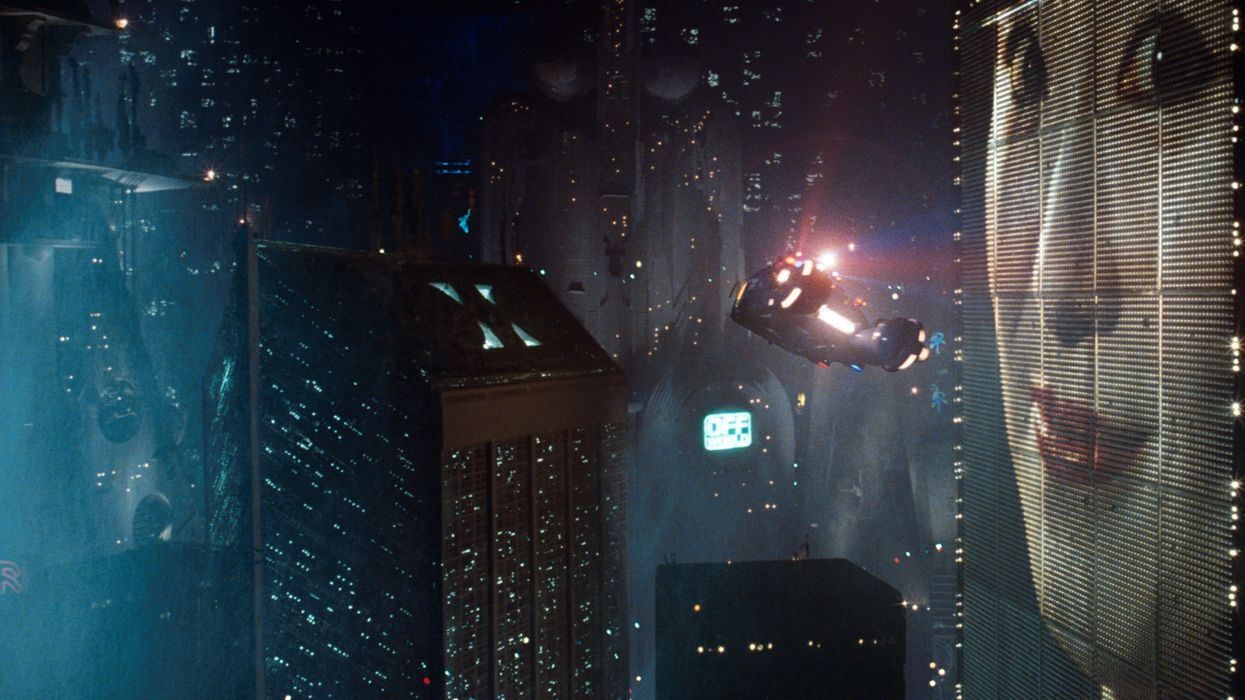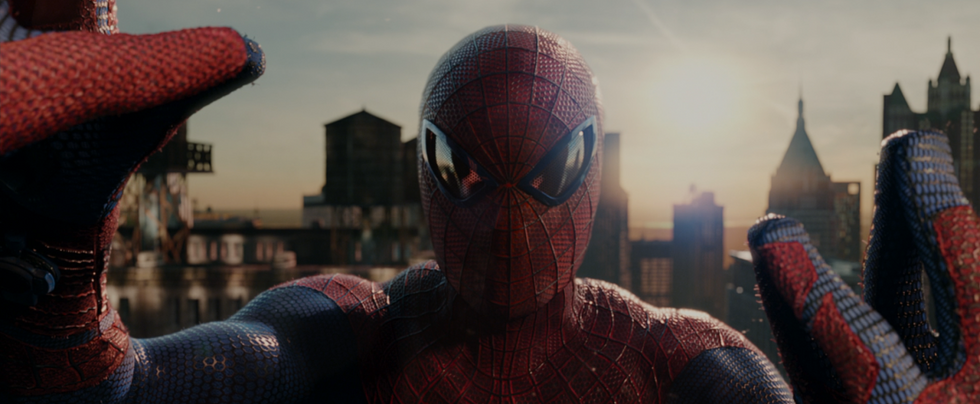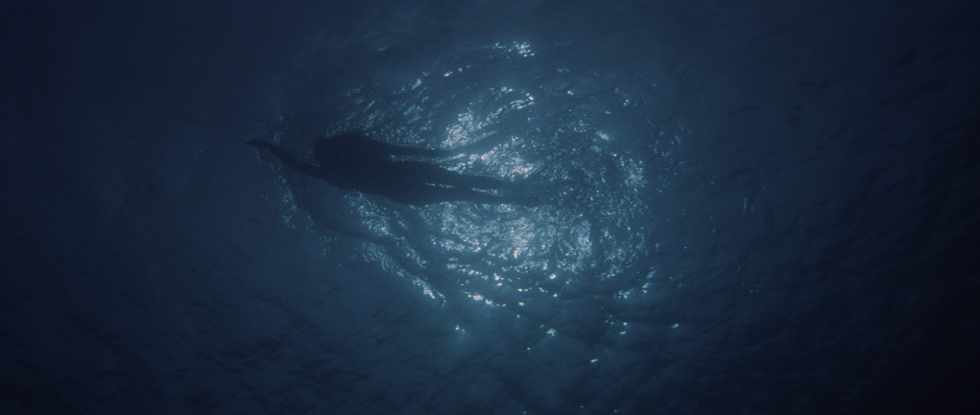Watch: How Architecture Affects the Look and Feel of a Film
"We shape our buildings; therefore they shape us." -Winston Churchill

Unless you're an architecture aficionado, or at the very least an admirer of pretty buildings, you may not pay a whole lot of attention to the actual design of the structures you're planning to include in your film. Not that I blame you; it's easy to "go with what's there" and train your focus more on cinematic elements you might think are more important, like performances, cinematography, and story. But the architecture of cinema's most famous constructions, whether real, CGI, or miniature, tell stories that lines of dialog and framing simply cannot. Check out this great supercut by Jorge Luengo Ruiz and you'll see what I mean.
Big budget Hollywood blockbusters have all the fun when it comes to location scouting. Need to shoot a scene at the beautiful Bellagio? No problem. Want to capture your protagonist bobbing and weaving through the crowded Santa Monica Pier? You got it.
If you don't have a whole lot of money to work with, you might cast architectural considerations to the side simply because you don't think you've got the budget for it, but that's not always the case. Though you may not be able to fly out to Paris so you can fold Rue César Franck up like a book, you may be able to choose a particularly striking building in your hometown to turn into the structural centerpiece of your film—even if it's just its exterior.
There's no doubt that architecture can play a valuable role in sharing information with your audience, as well as setting a tone for your film. Find out what kinds of structures can communicate your theme, reveal a character's inner conflict, or represent a key aspect of your story, then pray it's available, affordable, and has plenty of outlets.
Source: Jorge Luengo Ruiz

 'The Amazing Spider-Man' (2012)
'The Amazing Spider-Man' (2012) 'Jaws' (1975)
'Jaws' (1975)









